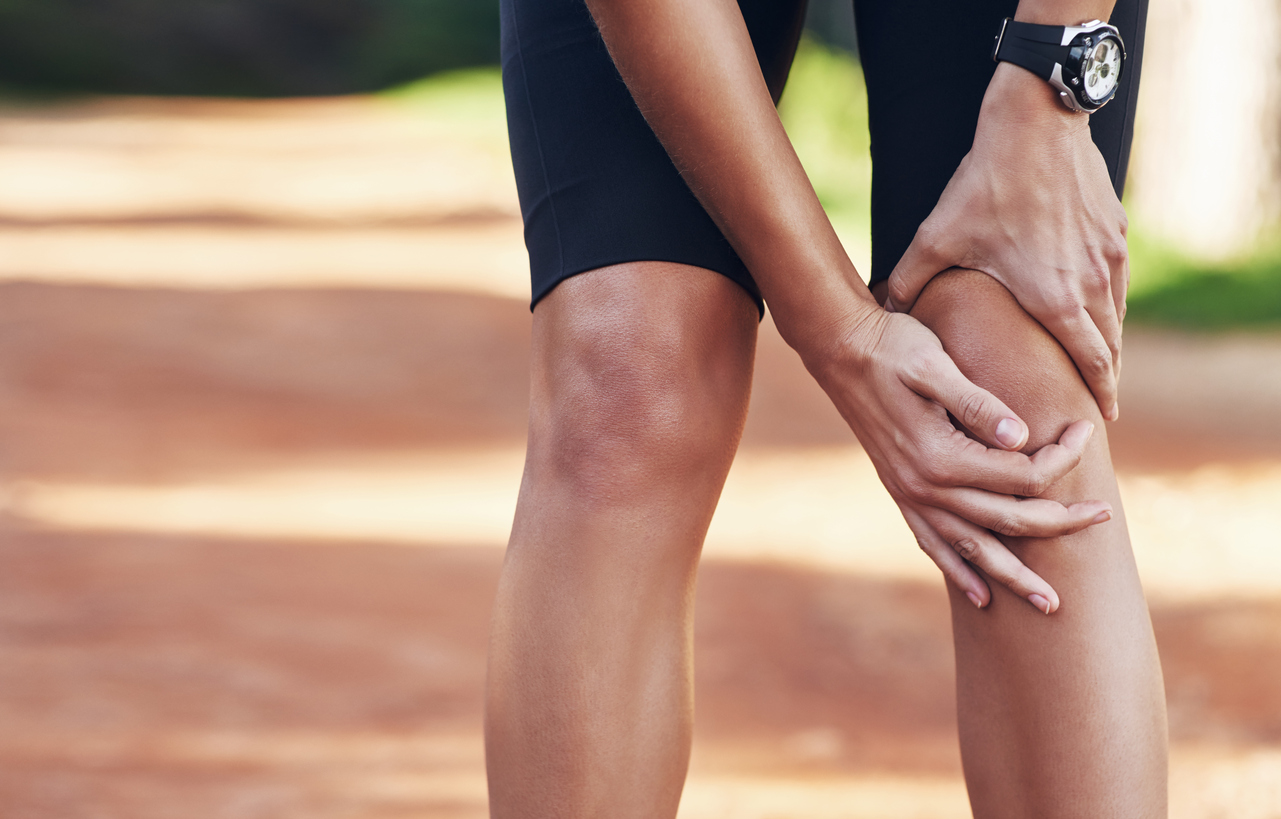The decision around when to return to sport (RTS) following ACL injury and/or reconstruction is often a tricky one.
There is no one-size-fits-all approach, shown by the fact that re-injury risk is still far too high (29% of those aged under 20 years re-injure), and that only 55% of people return to competitive sport.
We do however have strong evidence showing which benchmarks need to be met in order to keep re-injury risk as low as possible.
These studies show that athletes meeting testing benchmarks have an 8-times lower risk of re-injury when returning to sport compared to athletes not meeting such benchmarks.
As all athletes are different by design and with the demands their sport places on them, a basic pass/fail testing system is too simplistic and fails to take into account an individual’s complexity and the unpredictable nature of sport.
As such, Prahran Sports medicine has three Sports Physiotherapists providing evidence based RTS testing, a process many orthopaedic surgeons require their patients to go through prior to returning to unrestricted sport participation.
Components of RTS testing include:
- Time frame from surgery/injury – 9months bare minimum, but preferably 12months and ideally 18months in those aged <20years
- Knee clinical examination – bending/straightening, swelling, ACL graft integrity
- Questionnaires – regarding ongoing symptoms, fear and confidence
- Discussion around non-modifiable risk factors – e.g. age, gender, family history, generalised hypermobility (joint flexibility)
- Discussion around type and level of sport the athlete intends to return to, and what their rehab has included so far
- Isokinetic strength and power testing with hurdle requirements for
- hamstring and quadriceps strength injured limb vs uninjured limb
- strength/power at various speeds
- ratio of hamstring strength to quadriceps strength
- strength compared to uninjured age matched peers
- In-room assessment of simple single leg squatting and hopping tasks (control and quality)
- Functional testing -provided hurdle requirements of time, symptoms, isokinetic strength/power and single leg control are met to keep the risk of testing low. This includes:
- Sport specific tasks which vary depending on the individual’s sport, i.e. gymnastics (tumbling while fatigued) vs basketball (player contact vs unpredictable change of direction with a ball) vs taekwondo (rotational) vs skiing (uneven surface)
- Power hopping tests: distance uninjured vs injured limb and landing control
- Endurance hopping tests: distance uninjured vs injured limb and landing control
Upon completing testing, discussion is had regarding whether an athlete needs more work in certain areas as their risk is still quite high.
In this situation, they will be given some recommendations around how to progress their rehab and which areas to focus on.
A report will be sent back to their referring surgeon and/or physiotherapist with plans made for follow up testing.
If the athlete’s risk is at the lower end of the spectrum, they will be advised about how to gradually progress back to full participation and performance, while graduating from rehab into ongoing prevention of re-injury.
A report will also be sent to their referrer.
This is a brief summary of our RTS testing process.
For more information on ACL rehab and testing please contact us.
Rhiarna Hill is an APA Titled Sports and Exercise Physiotherapist. She works at Lifecare Prahran Sports Medicine on Tuesday and Thursday.
The clinic is close to suburbs including Malvern, South Yarra, Toorak, Armadale, St Kilda East, Caulfield, Richmond and Hawthorn, and has early and late appointments for all your sports medicine and physiotherapy needs.

